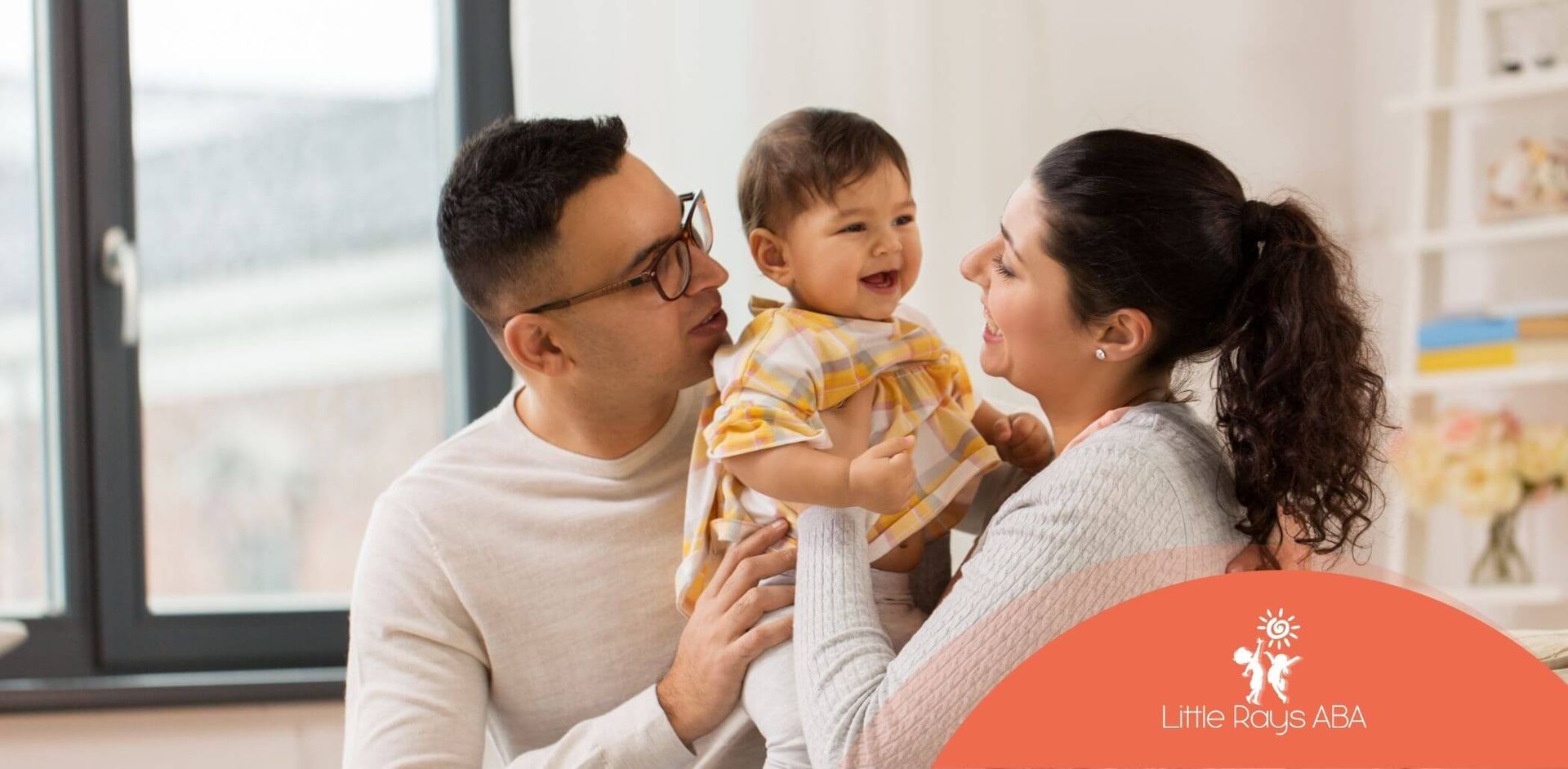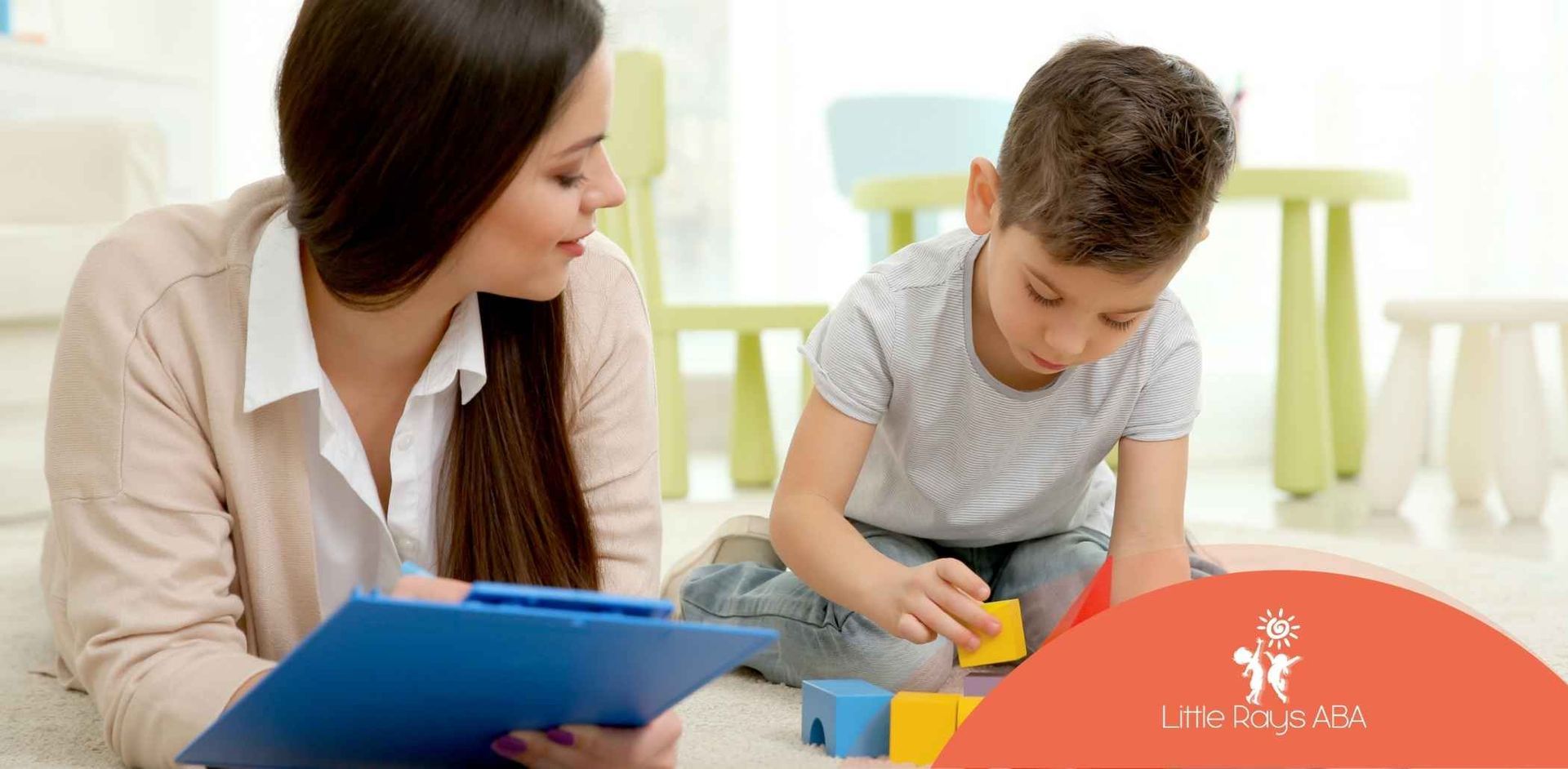
What Parenting Style is Best for Autism? Expert Insights
Parenting is never easy—but when autism is involved, the stakes feel even higher. You want to do the best for your child, but where do you start?
I had a mom break own in tears after trying a new visual aid I suggested in home-based ABA therapy. “He finally brushed his teeth without a meltdown,” she said. That was her win—and a reminder that support can start small.
A Quick Look at Parenting Styles
There are four commonly recognized parenting styles:
Authoritative
High in warmth, high in structure. Encourages independence while setting clear expectations.
Authoritarian
Strict and rule-focused. Emphasizes obedience over discussion or emotional support.
Permissive
Very nurturing but lacks consistent rules or boundaries.
Uninvolved
Low in both guidance and emotional connection.
Each style impacts a child differently, and for children with autism, these effects can be even more pronounced.
Why Authoritative Parenting Works Best
Balancing Support with Structure
Authoritative parenting combines emotional warmth with clear limits. It helps children understand boundaries while also making space for their voice and independence.
For example:
- Rules are explained, not just enforced
- Choices are given where possible
- Praise is used to reinforce positive behavior
This style provides the predictability autistic children need—along with the trust and connection that help them thrive.
The Risks of Other Styles
Authoritarian: High Control, Low Support
This style may lead to frustration or anxiety in autistic children. It focuses more on compliance than understanding.
Permissive: Warmth Without Boundaries
Without clear rules, autistic children may struggle with routine and behavior expectations.
Uninvolved: Minimal Engagement
This can have serious negative effects. Autistic children need more—not less—support, guidance, and emotional connection.
What Research Says About Parenting and Autism
Evidence Favors Authoritative Parenting
Studies consistently show that children with autism do better when raised in environments with:
- Consistent routines
- Emotional responsiveness
- Clear, reasonable expectations
Authoritative parenting supports these needs. It encourages communication and builds emotional resilience.
Flexibility Matters
Children’s needs change over time. Being willing to adapt—while keeping structure in place—is key. A flexible parent can adjust their strategies while still offering predictability and support.
How to Create a Supportive Home Environment
Build Routines That Feel Safe
Autistic children often thrive when their day follows a predictable pattern. Use:
- Visual schedules
- Step-by-step charts
- Regular meal and bedtime routines
This reduces anxiety and builds a sense of control.
Encourage Communication and Emotions
Help your child learn how to share their thoughts and feelings. Use:
- Visual aids like emotion charts
- Role-playing or social stories
- Open, non-judgmental conversations
Even if your child communicates differently, giving them tools to express themselves builds confidence.
Support Sensory Needs
Each child has their own sensory profile. Pay attention to what soothes or overwhelms your child. Tools like:
- Fidget toys
- Noise-canceling headphones
- Weighted blankets
…can help your child feel more comfortable in everyday situations.
Using Positive Behavior Strategies
Positive Reinforcement in Action
Focus on what your child is doing right. When they follow a routine or use words instead of a meltdown, respond with praise or a small reward. This teaches them that positive behaviors bring positive outcomes.
Set Clear Expectations and Boundaries
Keep rules simple and consistent. Use:
- Visual cues
- Short, direct phrases
- Natural consequences (when safe)
This helps your child understand what’s expected and how to succeed.
Handle Difficult Moments with Compassion
Behavior often communicates an unmet need. Instead of reacting with frustration:
- Try to identify the trigger
- Offer a calm space or sensory break
- Use gentle language and visuals to redirect
Being calm helps your child calm down, too.
Supporting Social and Emotional Growth
Teach Social Skills in Small Steps
Start with basic skills, like turn-taking or greetings. Use:
- Practice through games or role-play
- Social stories that show what to do
- Gentle encouragement during real-life situations
Celebrate small wins. They build toward bigger ones.
Build Independence and Advocacy
Let your child make simple choices—what to wear, what snack to have. Teach them how to ask for help or express discomfort. This boosts:
- Self-esteem
- Emotional strength
- Communication skills
Focus on Strengths, Not Just Challenges
Notice what your child does well. Whether it’s memory, art, music, or empathy—highlight and support those strengths. It helps your child feel valued and seen.
Getting Help: You're Not Alone
Work with Therapists and Teachers
Collaborate with professionals to create strategies that work both at home and at school. Consistency across environments helps your child feel secure.
Share what works at home—and be open to learning from your child’s team, too.
Join a Support Community
Look for online or local autism support groups. Other parents can offer advice, empathy, and real-life experience.
Some helpful places to start:
- Autism Speaks
- The Autism Society
- Local school district resources
You’ll find you’re not alone—and that shared knowledge is powerful.
Raising an autistic child isn’t about being perfect—it’s about being present, informed, and flexible.
An authoritative parenting style—with its blend of warmth and structure—is often the best starting point. But more than that, success lies in:
- Building daily routines that feel safe
- Supporting communication and emotional growth
- Recognizing your child’s unique strengths
- Reaching out when you need help
Parenting autism isn’t a solo journey. With the right support and mindset, you can create an environment where your child thrives.
At Little Rays ABA, we specialize in compassionate, evidence-based ABA therapy in Florida designed for children on the autism spectrum. Whether you're building routines, managing behaviors, or supporting communication, we’re here to help every step of the way.
FAQs
What is the most effective parenting style for children with autism?
Research shows that authoritative parenting, where parents show warmth and set clear rules, is often the best for kids with autism. This style helps create a supportive environment for them. It offers both guidance and room to adjust, so children can do well with their behavior and feelings.
How can I adapt my parenting to meet my autistic child’s needs?
To support your autistic child, try to make clear routines for them. At the same time, be ready to change things if needed. It helps to have open communication with your child. Let them talk about their feelings, and listen to what they say. Watch for their sensory needs and help them with that. When you tailor your parenting in these ways, you make a nurturing environment. This will help their growth, as each child has their own path.
Are there parenting approaches I should avoid with autistic children?
Some ways of parenting, like using strict rules without much emotional support, can be bad for autistic children. Also, if a parent is not steady or is too easy on the child, it can get in the way of their growth. It is good to have a caring and nurturing environment. Try to focus on understanding what the child needs, and be flexible in your approach.
How does positive reinforcement help children on the autism spectrum?
Positive reinforcement helps children on the autism spectrum learn better by giving rewards when they show good behaviors. With this method, children feel more motivated and their self-worth grows. They start to connect their actions with good things happening. This can help them take part more in activities and can also help improve their social skills over time.
Sources:
- https://www.ncbi.nlm.nih.gov/books/NBK568743/
- https://mcpress.mayoclinic.org/parenting/what-parenting-style-is-right-for-you/
- https://pmc.ncbi.nlm.nih.gov/articles/PMC5711559/
- https://www.stanfordchildrens.org/en/topic/default?id=interacting-with-a-child-who-has-autism-spectrum-disorder-160-46
- https://www.frontiersin.org/journals/ethology/articles/10.3389/fetho.2024.1382533/full
Related Posts





